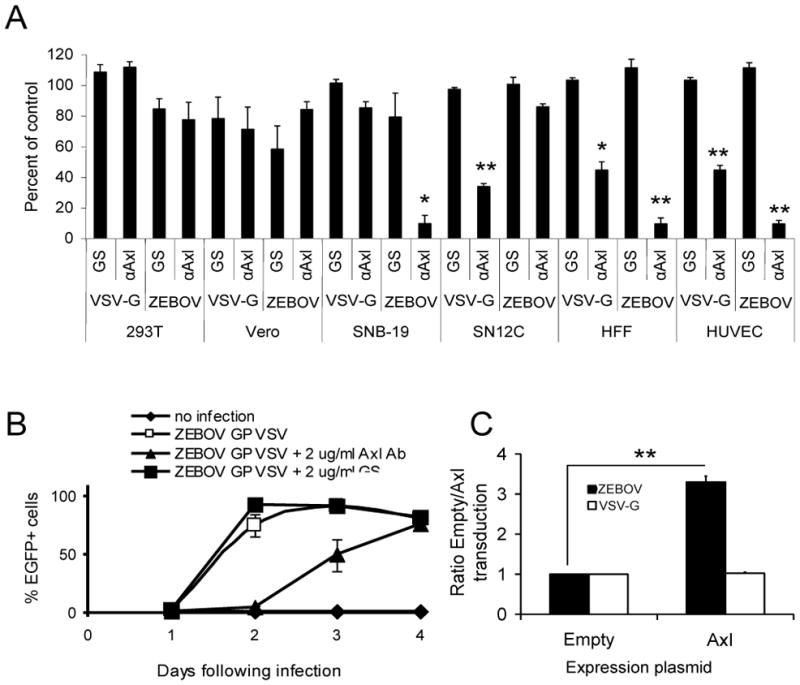Fig. 3. The impact of Axl on ZEBOV transduction is cell dependent.

A) Ability of Axl antisera to block ZEBOV-GP- and VSV G-dependent transduction. Cells were incubated with 8 μg/mL of goat anti-Axl sera or normal goat serum (GS) at 4ºC for 30 minutes. VSV-G or ZEBOV-GP ΔO pseudotyped VSV (MOI =0.5) was added to cells and shifted to 37ºC. Twenty hours following transduction, the cells were analyzed for EGFP expression using flow cytometry. Relative transduction values in the presence of antisera are shown as the percent of transduction in the absence of antisera (control values) for each cell population. Shown are the mean and standard error of the mean of three independent experiments. *, p <0.05; **, p < 0.001. B) Ability of Axl antisera to reduce infection of recombinant ZEBOV-GP ΔO VSV. SNB-19 cells were pre-incubated with either 2 μg/mL of anti-Axl antisera or normal goat sera (GS) for 15 minutes prior to addition of virus (MOI= 0.1). Cells were assessed for EGFP expression on days noted. Shown are the mean and standard error of the mean of one experiment that is representative of three independent studies that were performed. C) Ability of Axl expression to increase ZEBOV-GP ΔO pseudotyped VSV entry in the poorly permissive NCI-H522 cell line. NCI-H522 cells were transfected with empty plasmid or plasmid expressing Axl and transduced with VSV pseudotypes (MOI 0.005) 48 h following transfection. Cells were analyzed for EGFP expression 24 h following transduction by flow cytometry. A ratio of transduction relative to transduction in the presence of empty plasmid are shown. Shown are the mean and standard error of the mean of three independent experiments. **, p < 0.001
